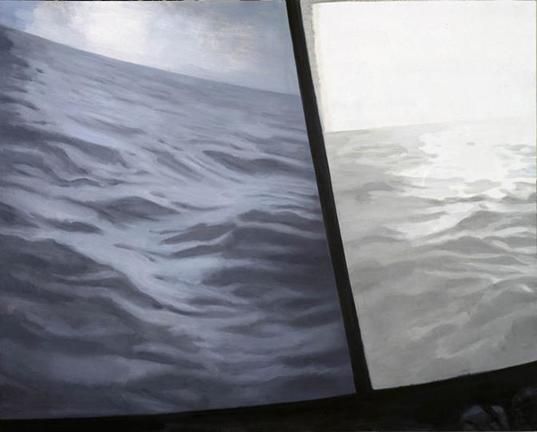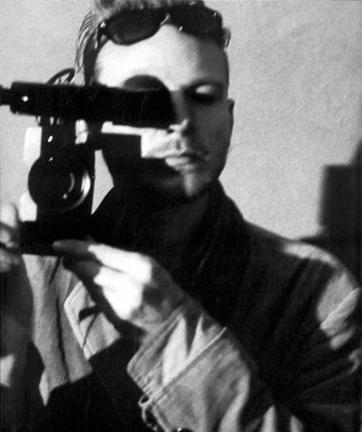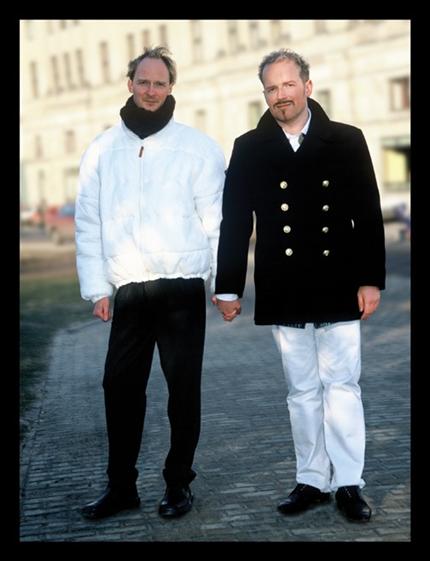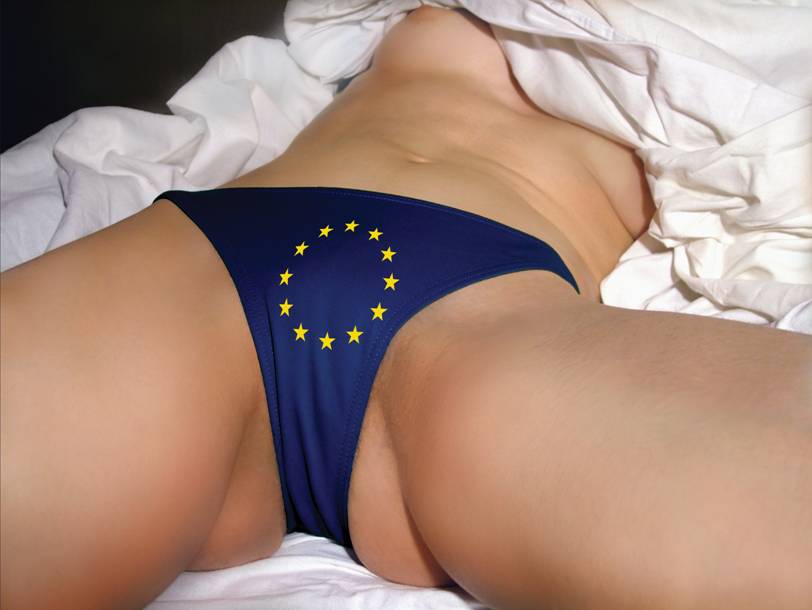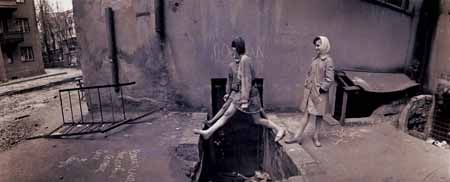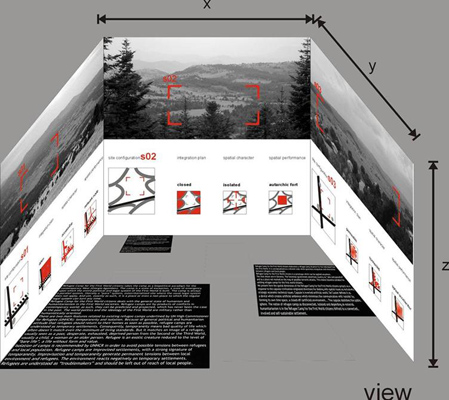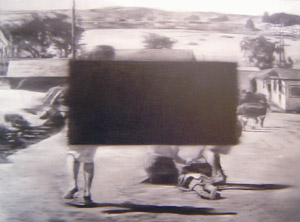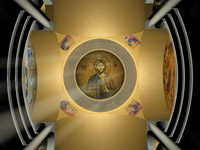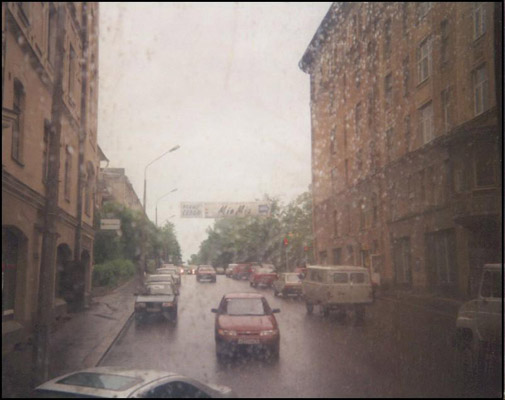Olga Chernysheva and the Politics of the Panorama
Olga Chernysheva often says that she is interested in the motif of the “round” and the “spherical,” but she also talks about her interest in the “shapeless.” How can one reconcile these two? Isn’t the sphere the most perfect and self-contained of forms? In fact, this is exactly how one wants to describe the huge, planet-like cookies on one of her early paintings, or the self-sufficient spheres of anonymous knit hats on her later photographs. But no. In fact, the sphere is formless. Or, to be more precise, it is beyond the problematic of form if one looks at it … Read more

